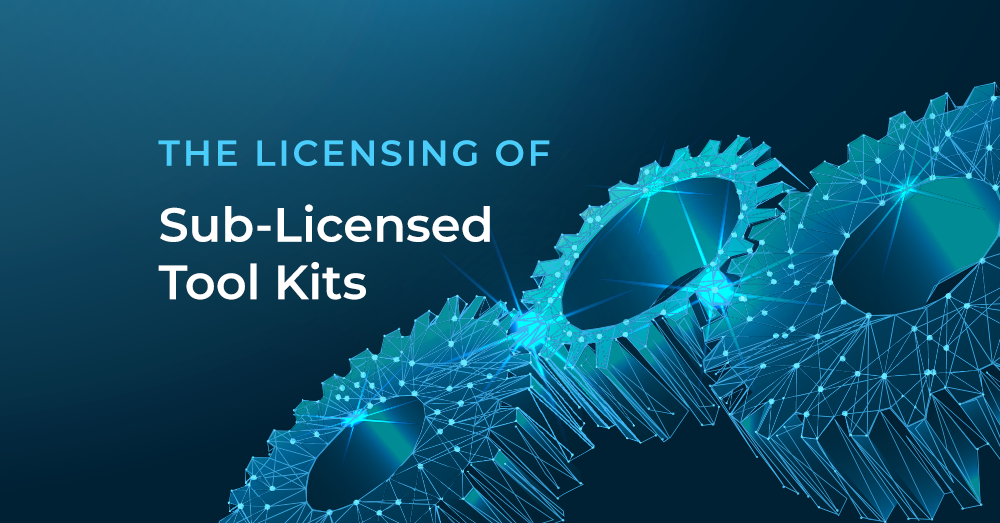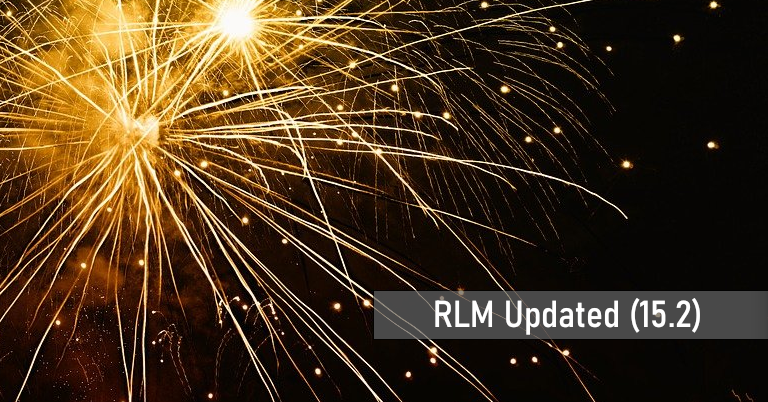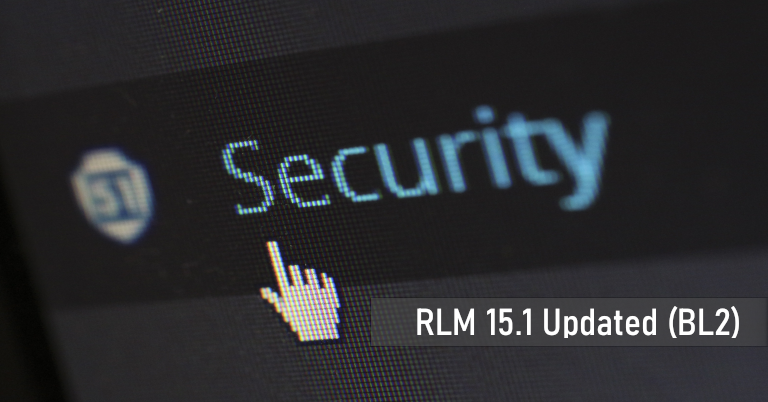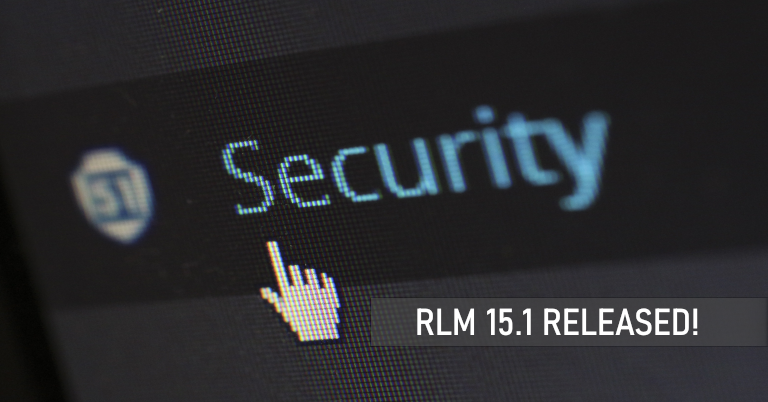How Do ISVs License Their Products in Library Form?
Many independent software vendors (ISVs) who sell their products as complete applications also sell them as re-linkable libraries. Licensing the applications is pretty straightforward, but what about the libraries? How do ISVs tackle licensing of libraries?
Most of the companies that we’ve talked to who have libraries to license want to use a license manager to enforce their pricing models. They also want to have the flexibility to turn on and off certain features within the library. ISVs who ship software development toolkits (SDKs) that are designed to be incorporated by your customers into sub-licensed products usually do not want licenses to be required in the derivative applications. However, they may still want a way to enable each sub-licensee with a unique license key.
![]()
License “In-A-String” Concept
The Reprise License Manager (RLM) addresses licensing of SDKs by supporting a license “in-a-string” concept. This approach allows ISVs to sell licenses in the form of digitally signed text strings that are passed as parameters into their library’s initialization routine. During initialization, the license is then passed as a parameter into RLM’s initialization routine for validation. This means that only products that are built with a valid license string will successfully initialize the library. Often, ISVs will also include the customer’s name or contract number in the license for identification purposes.
Since the initialized library has access to the contents of the key internally, the library can call RLM as it would normally to check out feature licenses, without the need for a separate disk based license file.
Keep it Simple
An important additional benefit of this approach is the simplification of back office administration, since the same methods and tools that you use to create licenses for your standard licensed applications can also be used for your licensed libraries.
Please feel free to contact us to discuss your situation further.











